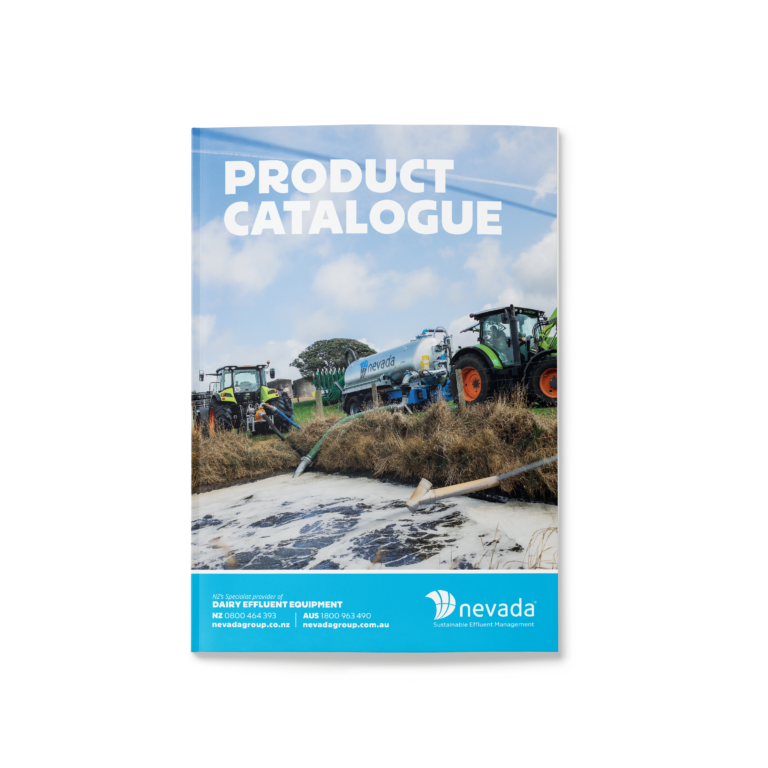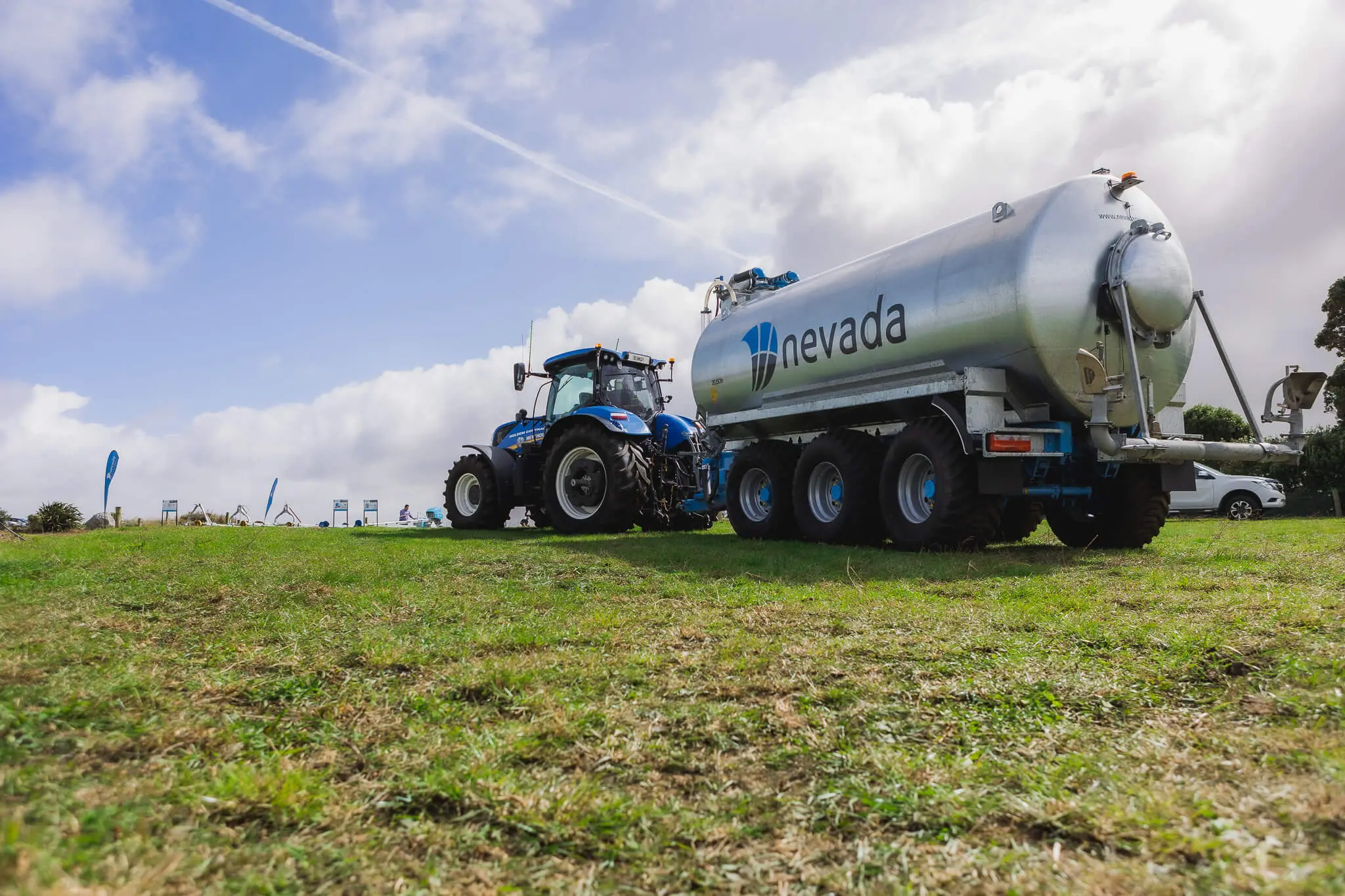- Sustainable Effluent Management
You’ve invested a lot into your cows – hay, silage and feed and what comes out the other end is full of nutrients, the best fertiliser you can get. With a bit of TLC, your pond will pay you back.
Your pond is just like a washing machine, if you don’t agitate the contents, it’s not going to perform. Well-mixed effluent is nutrient-rich; a well-mixed pond will not lose capacity.
When your pond starts to crust over, it is a sure sign that the solids in the effluent are separating. The fibrous material is floating to the top and creating a crust. A good rule of thumb is that if you have a 500mm of crust on your pond, you will have twice that on the bottom, so on a three metre deep pond, you are losing half your capacity, throwing your storage calculations out the window. All that grass, reeds and weeds growing on the top demonstrates the high nutrient value of your effluent, and it is much better to have that grass growing on your paddock rather than the crust.
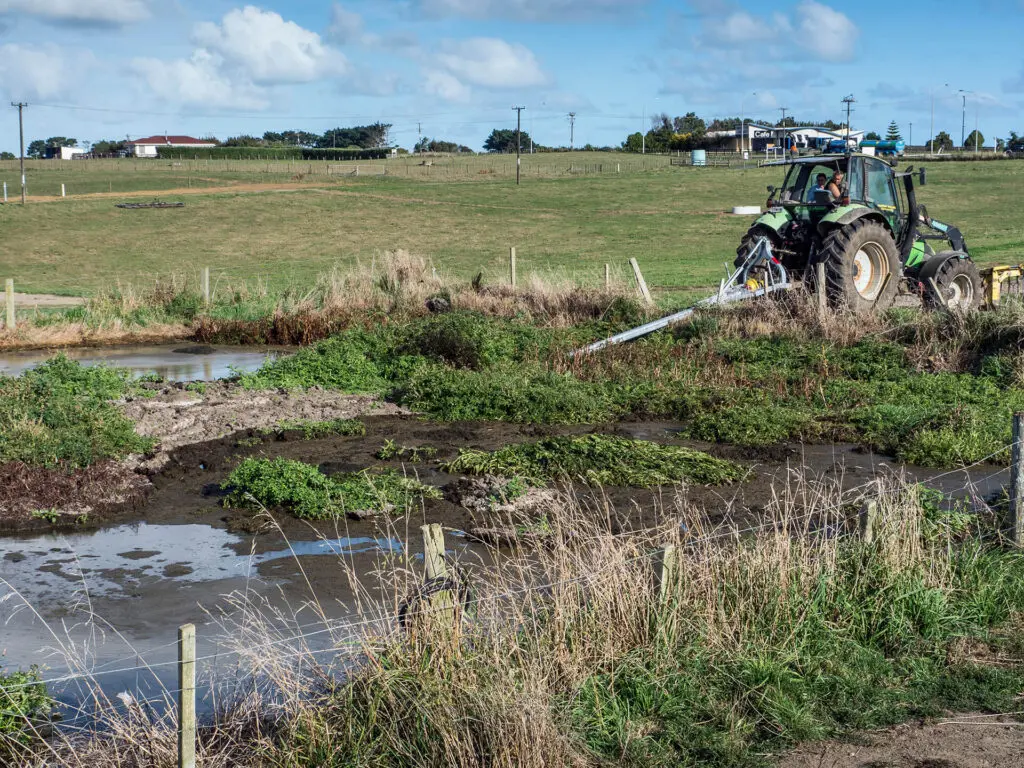
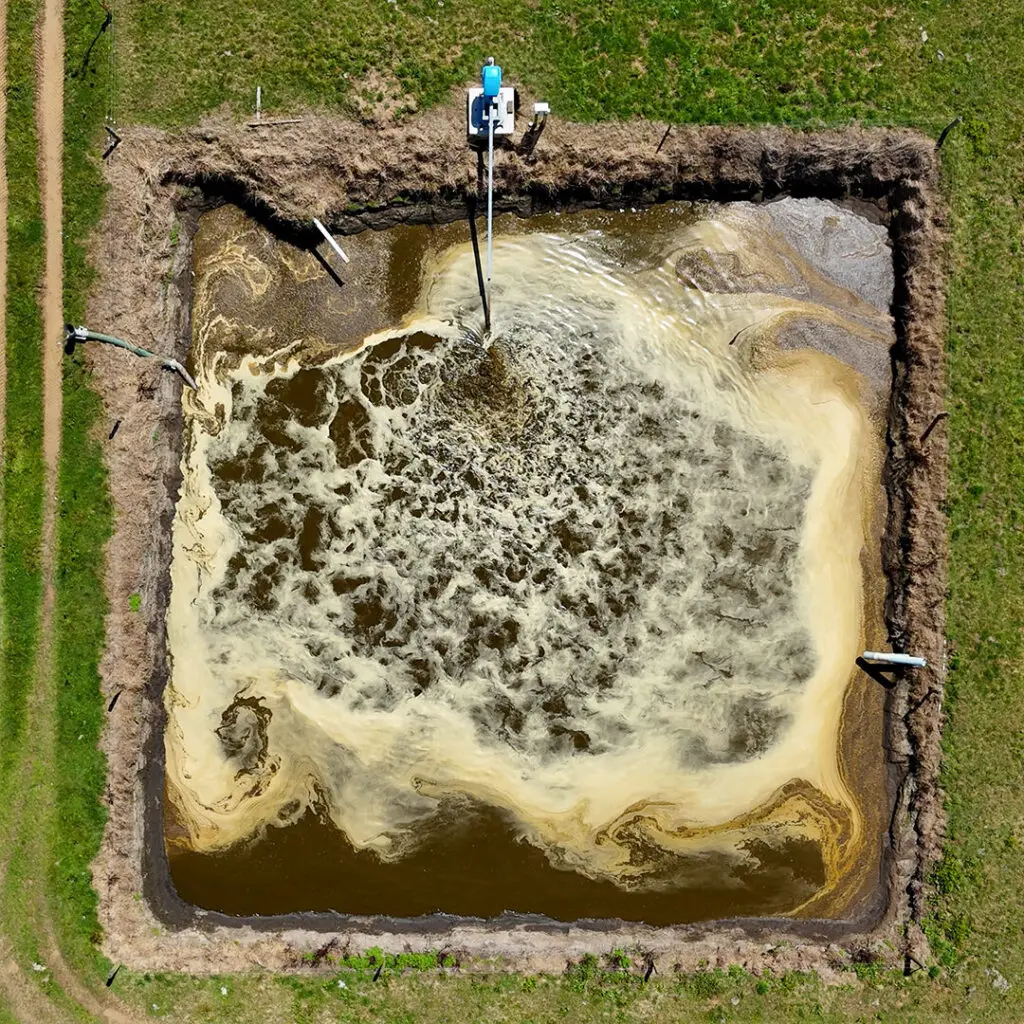
One hour of mixing before application keeps the solids in suspension. This has two benefits. Firstly, it makes it much easier to pump. There will be no sudden rush of solids that can create blockages. It will also guarantee that the mixture that you are applying to the paddocks is full of the nutrients you need to grow grass. Regular stirring also prevents the build up of solids on the bottom of the pond. What you don’t want to do, is to leave it to itself. It only takes an hour for the solids to start separating and dropping to the bottom of the pond. Without regular stirring, this builds over time, robbing you of storage space and becomes and expensive problem to fix.
When it comes to what pond stirrer to choose, you have a few options. We’d always recommend a shore-based pond stirrer. It is not only safer and easier to service and maintain, it also does a better job. You can get vertical floating stirrers that push the liquid downward from the centre of the pond. This set-up works for a sump because it is only three to four metres wide, but for bigger bodies of liquid, they don’t have the muscle. A PTO or electric shore-based stirrer has the power to push the body of liquid around the perimeter of the pond. Once the liquid gets moving, it creates a consistent speed of one metre per second, which stops the particles separating and churns up the whole pond.
Once mixed, the particles will stay in suspension for one hour. It is a good idea to leave the stirrer going while you are pumping as this will give you an even mix. The good thing about electric pond stirrers is that they can be left on a timer, removing any hassle and ensuring your effluent is ready to be spread when you need it.
If you need more help deciding on the ideal pond stirrer for your farm, give one of our experts a call!
"*" indicates required fields
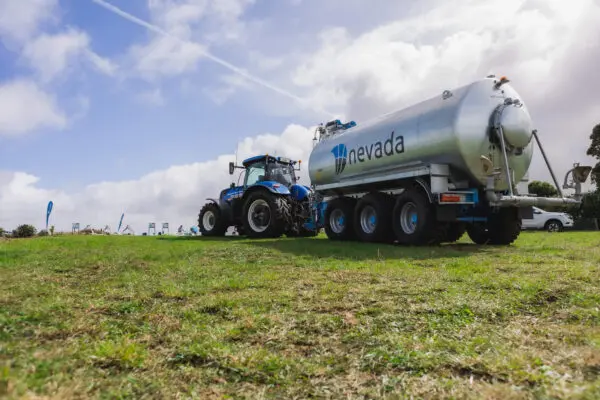
"*" indicates required fields

"*" indicates required fields

"*" indicates required fields
